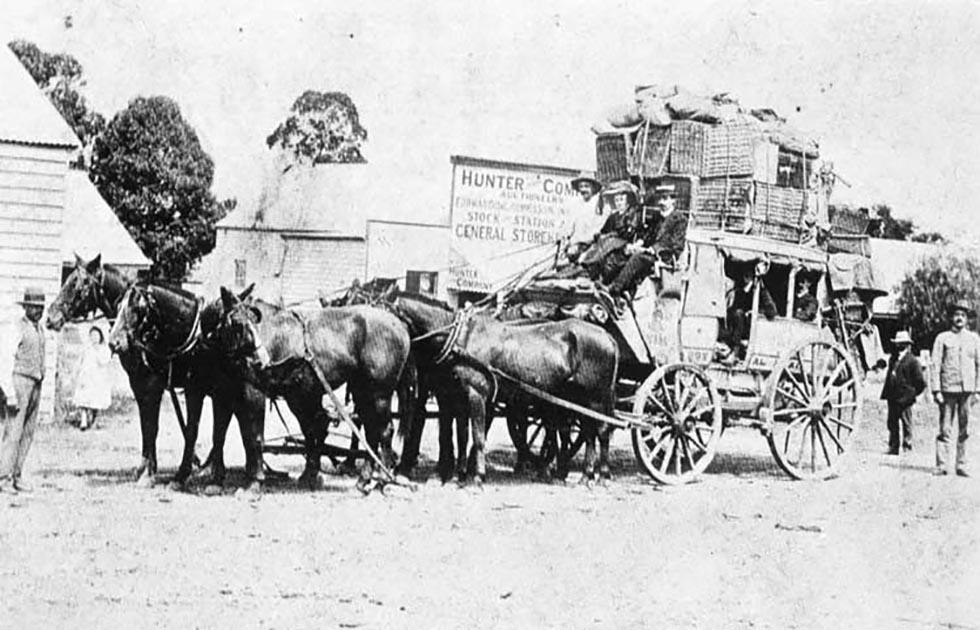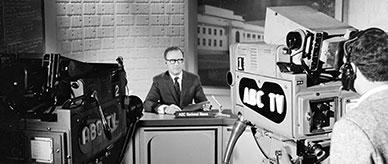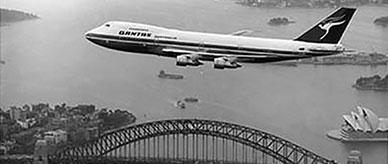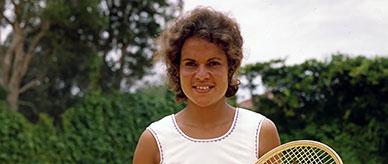


About this record
This is a black-and-white photograph of a Cobb and Co coach in Yuleba, Queensland, taken in 1909 or 1910, fully laden with passengers and mail. It shows Arthur Senyard, manager of the Cobb and Co depot at Yuleba, at the left of the photograph, and Sergeant Joyce, the Yuleba Police Sergeant, at the right of the photograph. The coach driver, Alf Jensen, is shown holding the reins.
Educational value
- Shows a part of the Cobb and Co service in operation – the Cobb and Co Telegraph Line of Royal Mail Coaches, the most famous coaching firm in Australian history, was formed in 1853 by Freeman Cobb to operate horse – drawn mail and passenger coaches between Melbourne and the Victorian goldfields; it expanded to Queensland in 1865.
- Reveals that the coach was heavily loaded with mail bags and cane mail baskets, both on top and in the 'hind boot' – Cobb and Co was a mail contractor for the Post – Master General's Department (now Australia Post) and was renowned for its speed and reliability in getting the mail through on time.
- Illustrates part of the 1910s streetscape of Yuleba, a tiny township on the Warrego Highway 419 kilometres west of Brisbane and 60 kilometres east of Roma, and an important centre for some years prior to 1910 when it was a railway terminus for the area to the west – Yuleba was involved in the last Cobb and Co coach run on 16 August 1924, when the coach travelled from Surat to Yuleba.
- Depicts a white, 14-passenger 'thoroughbrace' coach, probably built at Cobb and Co's Charleville coach factory and advertised as 'the most scientifically built long distance horse vehicles known' – the term 'thoroughbrace' refers to the suspension of the coach body on leather straps, ten of which were used on this coach; the development of this suspension, ideally suited to Australian conditions, was a major factor in Cobb and Co's success because it offered a somewhat more comfortable ride than its competitors.
- Suggests that the coach appears to be carrying its full load of 14 passengers (three rows of four people inside and another two on the more desirable 'box' seat outside with the driver).
- Gives some idea of what a coach journey would have been like for the passengers – open (no doors or windows), crowded, swaying (many passengers suffered from motion sickness), bumpy (the seats were solid timber benches with thinly padded leather upholstery and passengers' heads often struck the roof), dusty, dark (no lights inside for night journeys) and, for passengers and the driver seated outside, exposed to all weather conditions.
- Shows some Cobb and Co staff at the Yuleba depot – coach routes began and ended at a depot; along the routes were inns or change stations at regular intervals where fresh horses replaced tired ones; in his poem 'The lights of Cobb and Co', Australian poet Henry Lawson (1867–1922) described the stops as, 'Old coaching towns already "decaying for their sins,"/ Uncounted "Half–Way Houses", and scores of "Ten Mile Inns"'.
- Includes Alf Jensen, the coach driver – coach drivers were required to manage a rein for each horse and memorise every steep decline, sharp corner and winding stretch along the route, which had to be negotiated in all weathers and at night.
- Shows six horses harnessed to the coach – three horses were used as 'polers' for the heavy work in the back row while the three horses in the front were the leaders to 'make the pace'; the centre horse in the front row was the leader and played the major part in steering the coach.
- Jensen died from pneumonia about three years after this photograph was taken as a result of becoming ill after driving during a long wet spell.
Acknowledgments
Learning resource text © Education Services Australia Limited and the National Archives of Australia 2010.
Related themes
Need help with your research?
Learn how to interpret primary sources, use our collection and more.



